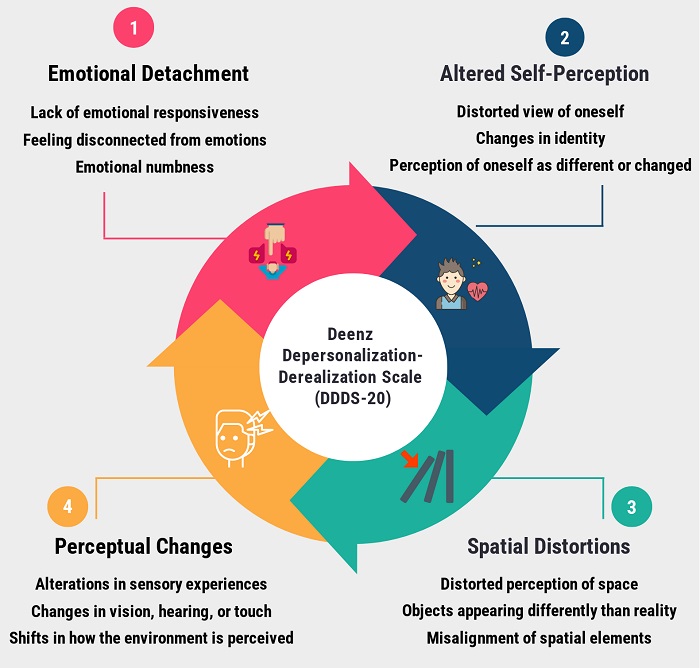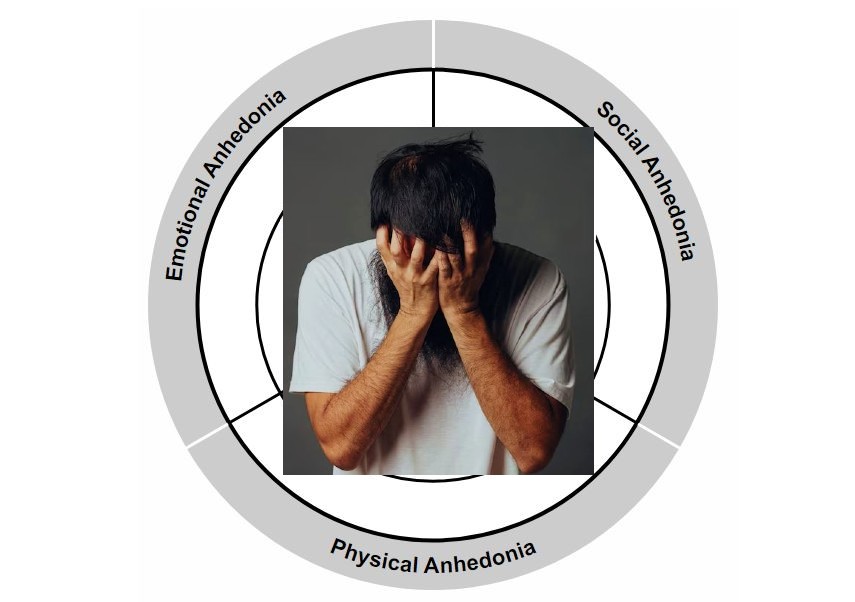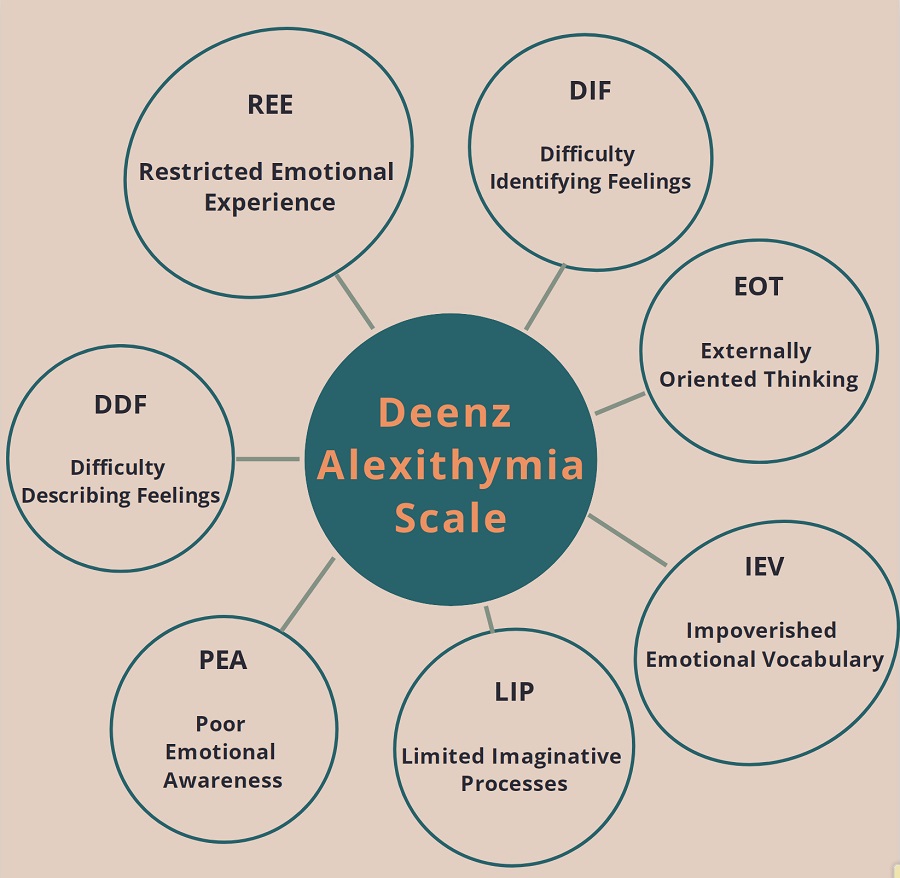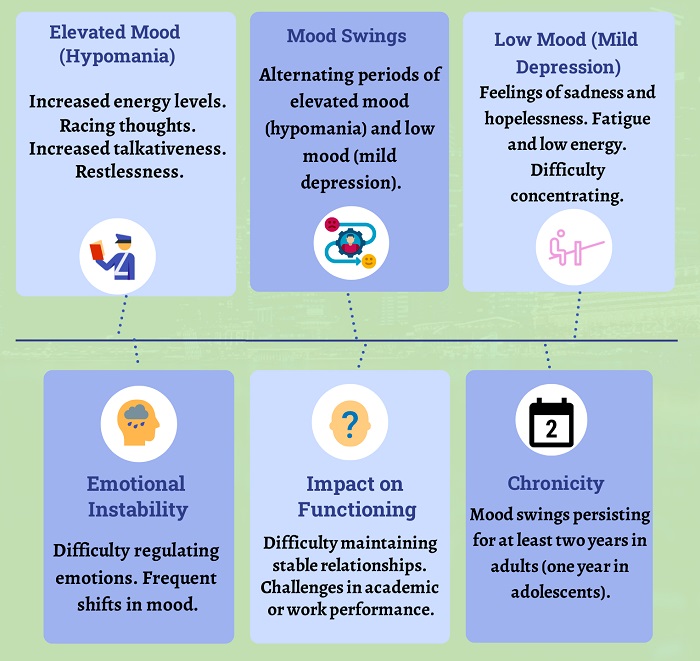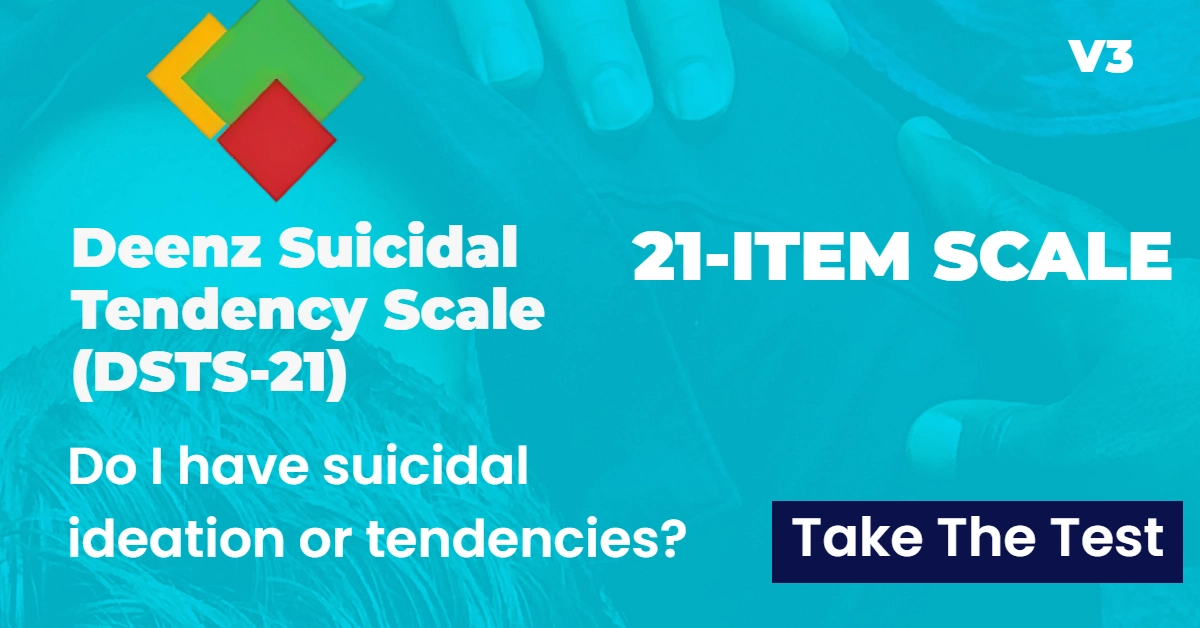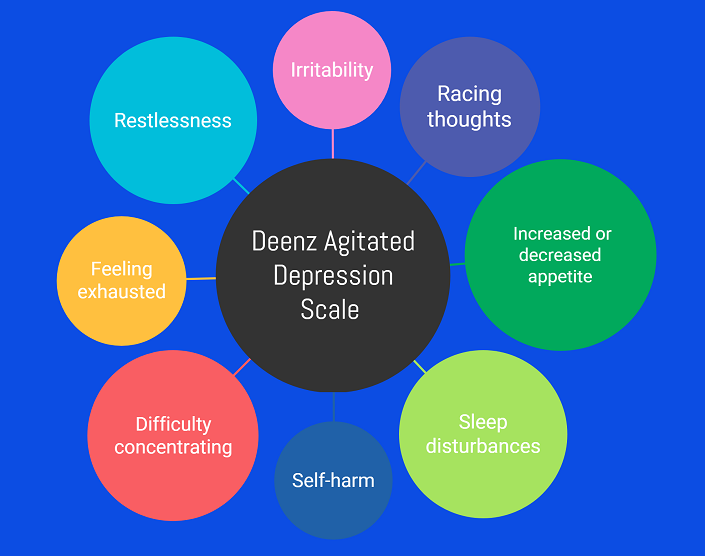Dysthymia test is based on the preliminary version of the research paper development and validation of Deenz Persistent Depressive Disorder Scale (DPDDS-30). Participation in this self-assessment tool is completely anonymous. Results provided by this self-assessment are solely intended for educational purposes only. Only a mental health professional can make an accurate diagnosis of Persistent Depressive Disorder.
In 2013 with the release of DSM-5, Dysthymia was no longer considered as distinct diagnosis and officially it got recognized as persistent depressive disorder (PDD) [1] Diagnostic and statistical manual of mental disorders: DSM-5 (Vol. 5, No. 5).. Dysthymia is characterized by a chronic, low-grade but persistent state of depressive episodes that lasted for two years in adults and 1 year in children and adolescents. The symptoms of dysthymia were considered less severe than major depressive disorder. [2] Klein, D.N. and Black, S.R., 2013. Persistent depressive disorder. Psychopathology: History, Diagnosis, and Empirical Foundations, 334.
Deenz Persistent Depressive Disorder Scale
Persistent Depressive Disorder is complex and often coexists with other mental health conditions such as anxiety disorders and personality disorders. Researchers have recognized the need for a comprehensive and valid measure of PDD. Developing a scale which can help in measuring inclination towards PDD was possible after consulting DSM-5 criteria and by fallowing the previous researches on nature of dysthymia. The scale has not been validated on a large group of people but through pilot testing, internal validity and expert feedback, the scale was found to be accurate in measuring the symptoms related to persistent depressive disorder.
The development started with the literature review, reviewing the existing lectures, which helped in understanding the symptoms and relationship with other depressive disorders. During the lecture review, I found a mixture of outdated concepts and the latest ideas regarding understanding the nuance of depressive episodes. The second phase was to generate the items and here I consulted with the current criteria outlined In the DSM-5 for making diagnoses of persistent depressive disorder. In the initial item generation, 55 items were put forward but after expert review, some items were excluded. The 30-item scale went through a pilot testing phase and a small group of college students was chosen to take part in the scales to review the potential issues with the items. Pilot testing phase proved to be a great source for scale refinement. For internal consistency, Cronbach’s alpha of 0.87 was recorded which indicated the very high consistency.
While this self-assessment has been found to accurately measure the likelihood of exhibiting symptoms, it should not be used as a self-diagnosis of persistent depressive disorder. Participation in this persistent depressive disorder quiz is completely anonymous, no data is collected or stored for research purposes. For more information please consult our terms of service.
References
American Psychiatric Association, D. S. M. T. F., and American Psychiatric Association. Diagnostic and statistical manual of mental disorders: DSM-5. Vol. 5, no. 5. Washington, DC: American psychiatric association, 2013. Google Scholar ↩
Klein DN, Black SR. Persistent depressive disorder. Psychopathology: History, Diagnosis, and Empirical Foundations. 2013 Aug 2;334. Google Scholar ↩






